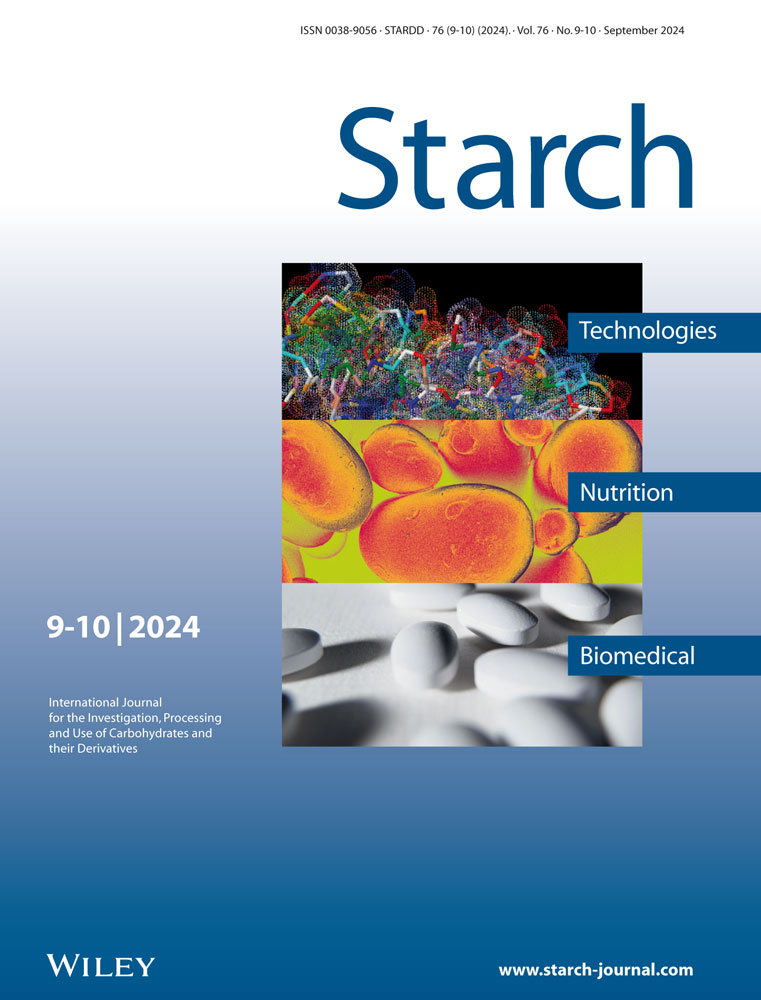Ultrasound Assisted Aqueous Two-Phase Extraction of Polysaccharides from Ophiopogon japonicus: Process Optimization, Structure Characterization, and Antioxidant Activity
Abstract
Ultrasound assisted aqueous two-phase extraction (UATPE) is used to extract polysaccharides from Ophiopogon japonicus (OJPs). Experimental factors in UATPE process are optimized by response surface methodology. The optimal extraction conditions are obtained as follows: the ethanol concentration of 34%, ammonium sulfate concentration of 23%, solid-to-liquid ratio of 1:17 g/mL, and ultrasound power of 480 W, and the yield of OJPs is 9.41% ± 0.12%, and then the crude OJPs are further purified by different column chromatography to obtain a homogenous fraction (OJPs-2-SG), and identified its structure via different methods. OJPs-2-SG with a molecular weight of 1.25 × 105 Da is comprised of mannose (Man), galactose (Gal), glucose (Glc), and rhamnose (Rha) with a molar ratio of 5.15: 26.39: 68.72:8.41. Moreover, OJPs-2-SG contained α and β glycosidic bonds, and didn't showed a triple helix structure. Furthermore, OJPs-2-SG described irregular structures, and cylindrical and conical block like features. The IC50 values of scavenging 1,1-diphenyl-2-picrylhydrazyl (DPPH), hydroxyl (OH), and superoxide (O2-) radicals for OJPs-2-SG achieved 3.72 mg/mL, 3.89 mg/mL, and 8.71 mg/mL, respectively. These results provide important references for the extraction and application of polysaccharides.
Conflict of Interest
The authors declare no conflict of interest.
Open Research
Data Availability Statement
Data will be made available on request.




